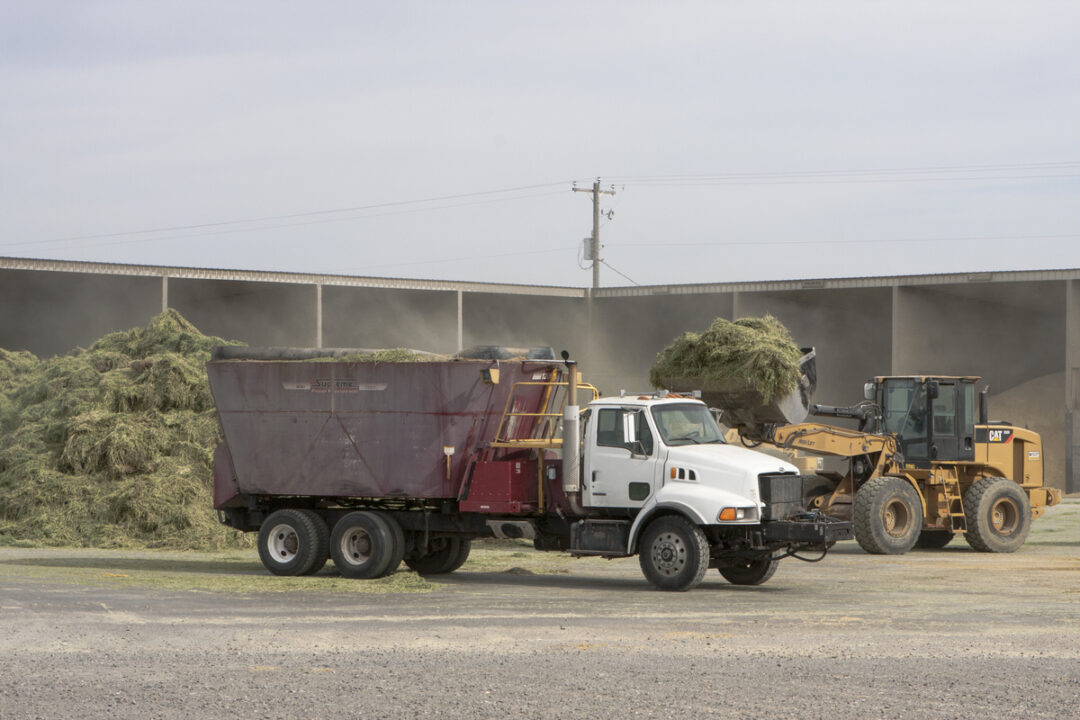Animal efficiency is key to supplying the growing population with sustainable agriculture. There is also a growing concern of antibiotic usage and resistances in animal agriculture, encouraging the assessment of alternatives to maintain animal efficacies. Probiotics, prebiotics and postbiotics are antibiotic alternatives that have demonstrated benefits on animal health and performance. Before discussing the role of these additives, we will outline the most recent definitions of each as determined by The International Scientific Association for Probiotics and Prebiotics.
-
Probiotics are live microorganisms that, when administered in adequate amounts, offer a health benefit on the host. Within animal nutrition, the most commonly used probiotic strains are bifidobacterium, lactobacilli, bacillus and the yeast strains saccharomyces.
-
Prebiotics are a substrate that is selectively utilized by host microorganisms conferring a health benefit. Basically, prebiotics are food for good bacteria like probiotics. The most common prebiotics are fructooligosaccharide (FOS), inulin and fructans.
- Postbiotics are a non-living microorganism and their components that can provide a health benefit to the host. Postbiotics can be probiotics that aren’t alive or can be a mix of the compounds probiotics produce when they are being grown in the lab. To date, most postbiotics research is completed on heat-killed probiotics.
In this article, we will specifically focus on the effects of probiotics in dairy cows and calves. It is important to note that the effects of probiotics can be affected by the supplementation of prebiotics, and some of the mechanism of action of probiotics may be related to postbiotic properties.
Probiotics have a very dynamic role within the digestive tract which is not fully understood. In general, there are three proposed mechanisms of action in dairy animals. The first proposed mechanism is the probiotic interacts with intestinal cells to maintain a barrier, preventing pathogens and allergens from entering the body. The second proposed mechanism is through inhibition of pathogens like bacteria and viruses and promoting the growth of other good or neutral bacteria. This may be the way in which bacterial probiotics can regulate digestion and metabolism that improve growth and production efficiencies. The third proposed mechanism is through interacting with the immune response. Overall, probiotics have been reported to either have a benefit or have no significant effect on production or health. Because probiotics are live microorganisms, the variability in their effectiveness can be affected by things like the type of application, environment, strain and dose of microorganism, and even the host animal.
The benefits of probiotics on dairy animals can vary with the production period. The gut microbiome influences the growth and development of young animals and can be affected by external influences like diet, maternal factors and environment. Diarrhea is one of the most prominent problems faced when raising dairy calves. Pre-ruminant calves with diarrhea have a higher risk of morbidity and mortality, causing economic loss and a reduction in calf health and welfare. Certain population of bacteria have been identified to be associated with calf health leading to reduced incidence of diarrhea and increased growth. Research in calves has shown that probiotics have been able to not only reduce the incidence of diarrhea but reduce the severity of diarrhea as well, allowing for a faster recovery. Probiotics supplementation has been reported to reduce diarrhea and increase growth through improving gut barrier function, promoting commensal microorganisms and inhibiting pathogens and modulating the immune system.
An important point to remember is that the effectiveness of probiotics on reducing the incidence of diarrhea is dependent on the reason for diarrhea. For example, a bacillus-based probiotic shown to be effective at reducing C. perfringens (the bacteria responsible for causing necrotic enteritis) was given to calves with diarrhea, but the probiotic did not reduce the incidence of diarrhea (Table 1). The ineffectiveness of the probiotic in this situation is likely because the etiology of diarrhea was not C. perfringens.

Ruminants rely on microbial populations to digest nutrients required for maintenance, growth and production. The population of microorganisms within the digestive system significantly influence the fermentation, digestion and nutrient uptake from the diet. Managing the rumen and intestinal microbes through probiotic supplementation has been reported to increase milk production. One way probiotics do this is through increasing rumen-fermenting bacteria genera like ruminococcus and roseburia, which favor a positive nutritional balance. These bacteria can help increase the digestibility of dry matter and fiber, gross energy, metabolic energy intake, blood glucose and total volatile fatty acids (VFAs). Interestingly enough, there was a recent report suggesting that applying probiotics to a pasture can improve pasture quality and leads to higher milk production.
Probiotics may also improve milk production by improving disease resistance. Probiotics can inhibit the growth of pathogens directly through the production of bacteriocins or antiviral metabolites. Probiotics also work to improve milk production indirectly through regulating the gut microbiome, which can reduce the damage caused by parasitic infections in ruminants. Probiotics can also directly influence an animal's ability to resist disease through the immune system by activating inflammatory signaling pathways specific to the type of challenge.
Overall, probiotics have an extremely dynamic role within the digestive system and can be a very effective tool to use as an alternative to antibiotics. Selecting probiotic strains that can survive and thrive within the digestive system and applying them when it will be most beneficial to the host is key. As our understanding of the gut microbiome continues to grow, this will allow us to increase our knowledge of probiotics as effective tools to support animal health, increased production and optimum efficiency.













